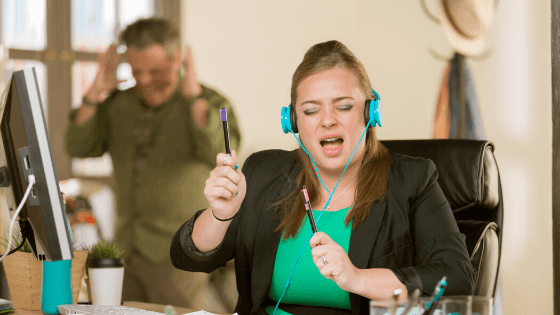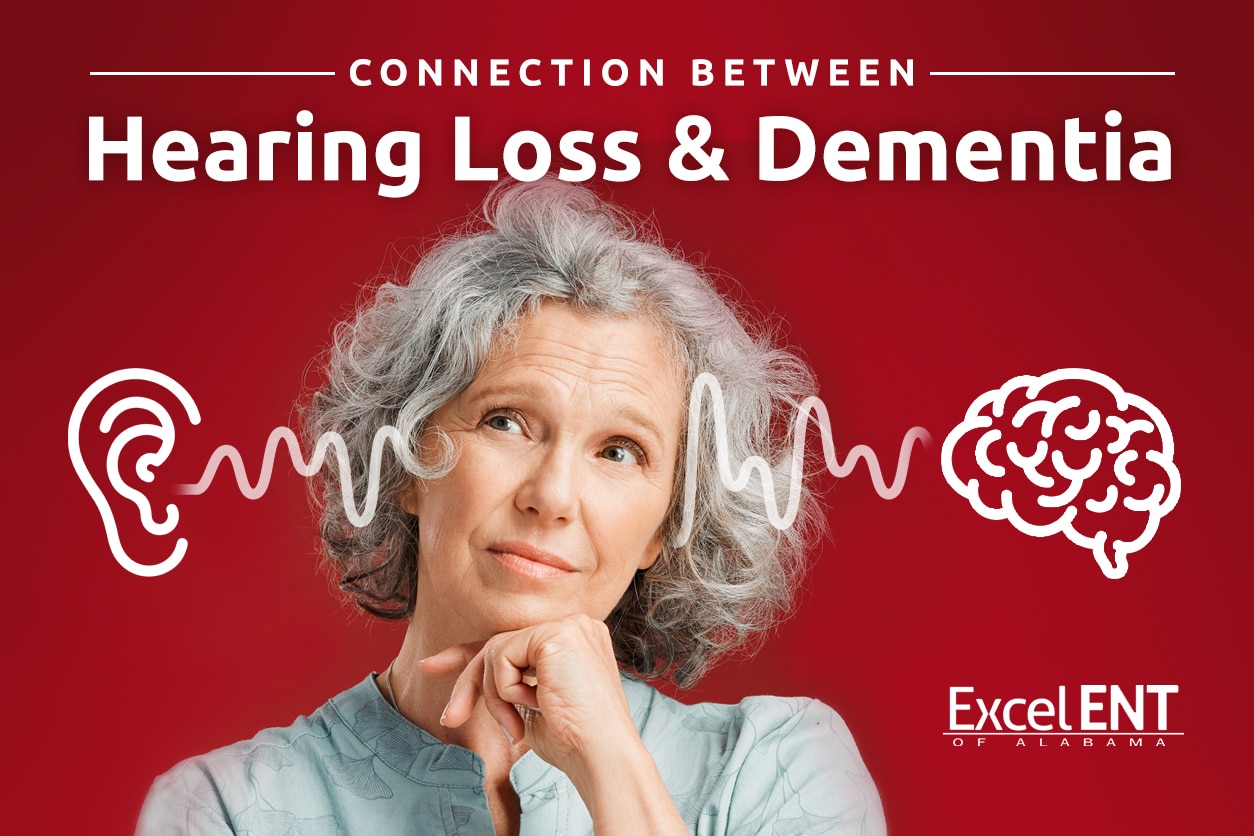We’ve all experienced occasional bad breath after a cup of coffee or a garlicky meal.…

Understanding noise-induced hearing loss
Understanding Hearing Loss
Hearing loss is more common than you may think. In fact, more than 5 percent of the world’s population struggles with it. That includes 432 million adults and 34 million children.
While natural aging, injury, illness, and infection often cause hearing loss, one of the leading causes is noise-induced hearing loss.
What is noise-induced hearing loss?
You guessed it. Noise-induced hearing loss is simply caused by overexposure to loud noises. Attending concerts and music festivals, listening to your stereo or earphones too loud, shooting firearms, and working with power tools are common causes for hearing loss. Recreational activities like snowmobiling, boating, or setting off fireworks are also dangerous to your hearing health.
Noise-induced hearing loss can happen immediately or gradually. Constant exposure to loud noises for significant periods of time will impact your hearing over time. However, it only takes a second for your hearing to be permanently damaged by something like the sound of a gunshot.
How loud is too loud?
Volume is measured in decibels (dB). Specifically, sounds under 85 dB are considered safe, while sounds over 85 dB can damage your inner ear. As you may expect, the louder the sound, the greater chances you have of developing hearing loss.
While several decibel meter apps are available, most people cannot easily identify the decibel of all the sounds they are exposed to. Here are some common sounds and their estimated decibel measurements to give you a better idea:
- Normal conversation – 60 dB
- City traffic – 88 dB
- Noisy restaurant – 90 dB
- Motorcycle – 97 dB
- Chainsaw – 110 dB
- Concert – 120 dB
- Jet taking off – 140 dB
A ringing or buzzing in your ears is a clear indication that the sounds around you have been too loud.
How to prevent noise-induced hearing loss
The good news is noise-induced hearing loss can be prevented. Hearing protection is a top priority for maintaining your hearing. While none of the following recommendations are foolproof, they will minimize our risk of experiencing hearing loss in the future:
- Avoid noisy environments: Be aware of the noise around you. For instance, when attending a concert, avoid sitting close to the speakers and take breaks away from the music.
- Turn your music down: Earphones pose some of the greatest risks to our hearing. Keep the volume below 60 percent of the maximum volume. Noise-canceling headphones are a great way to minimize the noise around you so you don’t have to turn the volume up too loud.
- Wear protective equipment: Whether you work in the music, construction, manufacturing, or another noisy industry, be sure you’re wearing the proper hearing protection, like earplugs or earmuffs, if you’re exposed to loud sounds consistently. Walmart usually carries foam earplugs and muffs in their hunting section. You can also get custom musician’s earplugs that filter out the bad noise but allow you to hear and appreciate the music.
However, if you’re unable to prevent noise-induced hearing loss, you don’t have to live with it.
Treating noise-induced hearing loss
Hearing devices and cochlear implants are commonly used to treat noise-induced hearing loss.
A hearing device or aid is a small electronic device that you wear in or behind your ear. It amplifies some sounds so that you can listen, communicate, and participate more in daily communication. Selecting the right hearing device is the key to effectively treating your hearing loss. There are a variety of manufacturers, styles, and strengths available on the market. Our audiologist will meet with you for a hearing aid consultation to discuss your preferences and explain the different hearing aid styles and features.
While hearing aids amplify sounds so they may be detected by damaged ears, cochlear implants bypass damaged portions of the ear and directly stimulate the auditory nerve. The implant consists of an exterior microphone, a speech processor, a transmitter and receiver/stimulator, and an electrode array, which is a group of electrodes that collects the impulses from the stimulator and sends them to different regions of the auditory nerve. A cochlear implant does not restore hearing loss, but it can provide a useful representation of sounds and help patients understand speech.
Discover how the team at ExcelENT of Alabama can help manage your ear, nose, and throat symptoms.
Contact ExcelENT of Alabama to discuss your symptoms and create a treatment plan.


